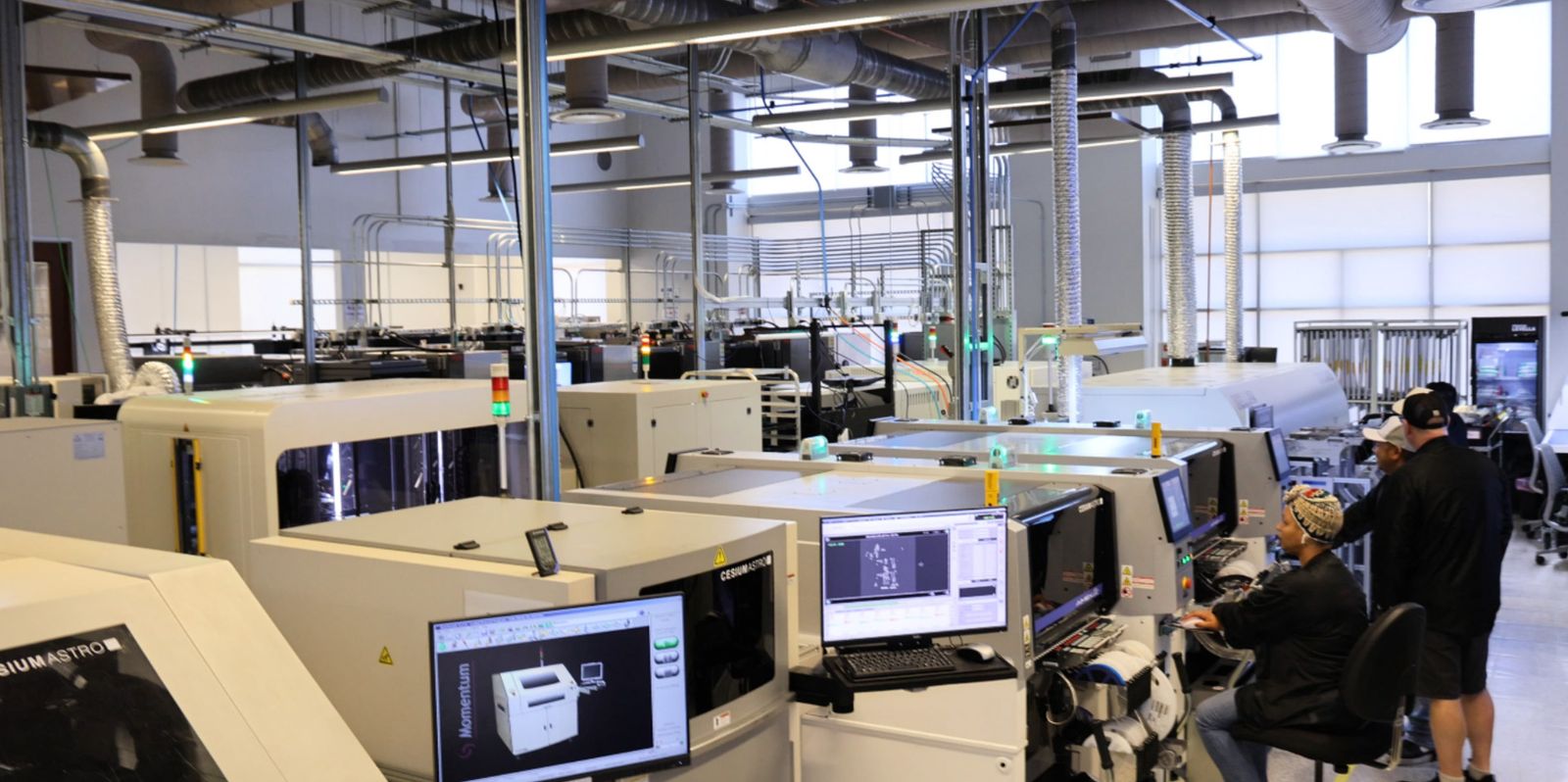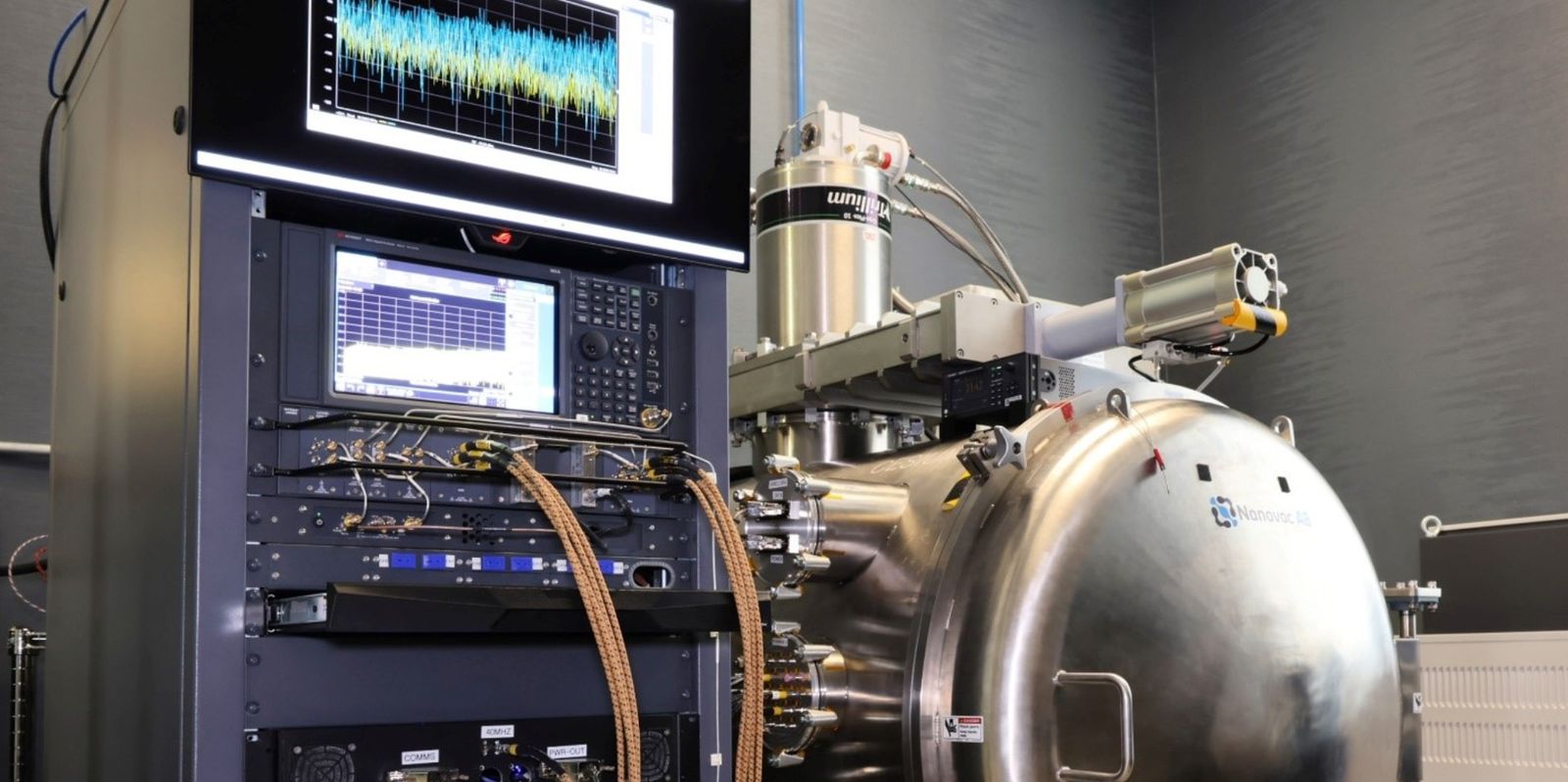A conversation with Troy Gentry, Director of Operations at CesiumAstro

Behind the Scenes: CesiumAstro’s Advanced New Product Introduction Facility
Troy Gentry, Director of Operations at CesiumAstro, leads the company’s integrated manufacturing and testing efforts, advancing high-performance, software-defined phased arrays for secure, scalable connectivity. In this conversation with Aimée Ahiers, Head of Marketing Communications, Troy shares how CesiumAstro’s vertically integrated approach—from expanded cleanroom infrastructure that can support parallel production lines to in-house RF and environmental testing—is eliminating bottlenecks, accelerating innovation, and delivering mission-ready solutions faster than traditional aerospace manufacturers.
Q: The facility we’re standing in today looks quite different from where CesiumAstro started. Can you tell us about this evolution?
A: When we first began operations, we had a modest footprint focused primarily on R&D. Today, we’ve expanded to a state-of-the-art 10,000 square foot facility that seamlessly integrates design, manufacturing, and testing capabilities. This transformation reflects our commitment to vertical integration and rapid growth in delivering advanced phased array technology.
Q: What are some of the key capabilities you’ve added to meet increasing customer demand?
A: We’ve made significant investments in both our manufacturing and test infrastructure. Our expanded cleanroom facilities now support parallel production lines, allowing us to manufacture different hardware simultaneously. We’ve also added advanced environmental testing chambers, thermal vacuum facilities, and RF testing capabilities that enable us to perform comprehensive acceptance testing in-house. This vertical integration significantly reduces lead times and gives us complete control over quality assurance.

Q: How has the team grown to support these expanded capabilities?
A: We’ve built a top-notch team of RF engineers, manufacturing specialists, and test engineers who bring extensive expertise to our operations. The operations team has grown by more than 125% in the past year—it’s been quite a ride! To support this growth, we’ve implemented comprehensive training programs that ensure our team maintains the highest standards in spacecraft hardware production.
Q: What makes CesiumAstro’s approach to product development and manufacturing unique in the space industry?
A: What sets us apart is pretty straightforward: it’s the direct integration between our engineering and manufacturing teams. They literally work side by side. Our R&D and production teams share the same facilities, which means new innovations can move from design to prototype to production with unprecedented speed. This proximity eliminates the traditional barriers between development and manufacturing that often slow down the aerospace industry.

Q: How does this integrated approach impact product development and scaling?
A: When our engineers develop new technologies, they can walk straight to the production floor to work with our manufacturing team. This immediate feedback loop is invaluable. If we discover an opportunity to improve manufacturability, we can implement changes immediately. Our engineers witness firsthand how their designs translate to production, which naturally leads to more manufacturable products. This close collaboration has helped us reduce development cycles by months compared to traditional approaches.

Q: Tell us about how the facility has evolved to support this collaborative environment.
A: We’ve thoughtfully designed our facility to remove any barriers between R&D and production. Our engineering labs directly connect to our manufacturing areas, and we’ve created shared spaces where teams can collaborate on new product introduction. As we’ve grown, we’ve maintained this philosophy of integration while expanding our capabilities. We’ve recently added new testing facilities and clean rooms that are accessible to both engineering and production teams, enabling rapid prototyping and qualification testing under one roof.
Q: How does this setup benefit customers?
A: The speed and agility we achieve through this integrated approach directly translates to customer benefits. When customers need modifications or have unique requirements, our engineering team can quickly work with manufacturing to assess feasibility and implement changes. This close collaboration means we can move from customer request to production-ready solutions faster than traditional aerospace manufacturers, while maintaining the highest quality standards.

Q: Looking ahead, how are you planning to maintain this integrated approach as you scale?
A: We’re expanding our facility in a way that preserves this close collaboration while significantly increasing our production capacity. Our new spaces are designed with flexible, modular layouts that can adapt to changing program needs while maintaining the proximity between engineering and production. As we grow into our new facilities, we’re committed to maintaining this unique approach that has proven so successful in accelerating innovation and delivery for our customers.
This interview has been edited for clarity and length.